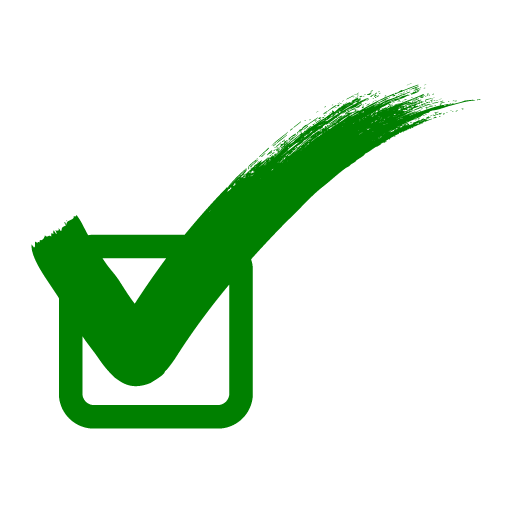Overview
Yale partnered with YouTube in the Fall of 2008 and currently maintains 3 main channels, managed by the Office of Digital Dissemination and Online Education:
- Yale University Main Channel - For public lectures and primarily educational content
- Yale Courses - Videos from full Yale Courses
There are several other Yale-affiliated Partner YouTube channels (groups on campus who meet the production, legal and technical requirements set forth by Yale). It is possible your video may be appropriate for one of these channels. For YouTube distribution, please contact: Guy Ortoleva, Video Producer / Editor, Email: guy.ortoleva@yale.edu
Uploading your video to the Yale YouTube channel is great move if you want to get a lot of people to see your content. The benefits of putting your content on the Yale main channel are:
- A reliable and popular video distribution outlet
- YouTube has the capacity to host HD video for all videos (highest resolution possible)
- Yale has more than 350,000 subscribers, who receive updates on new uploads by Yale
- Having a video on a partnered channel helps with search engine discovery
- Videos on YouTube are embeddable and customizable according to your embedding needs. They are easily shared on social media outlets.
- Post-production simple editing on videos going up on the channel is free to you, our client. "Simple" means < 30 minutes of editing (cuts, audio/video adjustments, intro slate)
- We are also happy to create custom Playlists of your content. See all our playlists here.
- Request time domain specific metrics for your videos. We can provide some information about total views over time and viewer geography.
Official Partnership with YouTube also enables Yale to provide you with a few more benefits:
- Videos have the ability to be longer than the default YouTube length of 15 minutes
- Analytics tools to gather accurate and informative metrics on university videos. Included in this is the capability to track our content when it is re-posted and glean metrics from those re-posts.
- YouTube Live is YouTube's live streaming service that can be utilized by any Yale organization that hires the Yale Broadcast Center to record & stream their event. For information about live events, please contact Rick Leone at patrick.leone@yale.edu. There are new guidelines and requirements for live streaming.
Yale's Requirements for Videos on YouTube
 Legal Requirements
Legal Requirements
Permission Form: Each person who appears in a video or speaks in a podcast needs to sign a Yale Office of General Counsel’s Speaker’s Permission Form. This includes Yale Faculty and Staff. We cannot distribute the content without this permission form signed.
Once your speaker has signed the form, please keep one copy for your records and copy & upload the PDF to your Item in the Media Tracking Site (instructions below).
Fair Use: If a video contains copyrighted imagery (photos, clip art, graphs, etc.) or other media (videos, music tracks, etc.) we must confirm with you that Yale has permission to disseminate this content. Permission must be granted by the content originator to allow Yale to distribute the content on any and all dissemination platforms. If you believe your use of copyrighted content is Fair Use, please utilize the Office of General Counsel's Fair Use Tool to determine if it is Fair Use and document your findings.
If imagery is used in a PowerPoint in a lecture setting (rather than inserted directly into a video), this is typically Fair Use as it is educational in nature and is presented in the lecture setting.
 Technical Requirements
Technical Requirements
High quality, HD video: YouTube adjusts the quality of a viewer's video stream from standard definition (such as 240p or 360p) to high definition (720p or 1080p), based on the speed of their Internet connection. In order to accommodate all bandwidth options for the viewer, we upload 720p as a minimum quality standard or 1080p when possible. This ensures a crisp picture and no pixelation on the viewer's screen.
High quality audio: Even when we have HD quality video, if the audio isn't crisp and clear-sounding, it defeats the purpose of having high quality video. We have to turn down quite a number of videos provided to us by organizations who taped their lectures themselves and resorted to using the camera's built-in microphone rather than a microphone input like a lavalier microphone. If the speaker sounds like s/he's in a cardboard box, the audio is likely not up to par.
 Metadata Requirements
Metadata Requirements
YouTube requires a minimum amount of metadata for upload: Title, Description and Keywords. We'll ask you for a little bit more information, so we can identify your media file or event. But the basics are:
Title: Exact title as you would like to see it on the YouTube page. YouTube limits titles to 70 characters
Description: A paragraph or two about the lecture, lecture series, speaker, and other relevant information a viewer should know. Please feel free to include links to your website here; they will be hyperlinked in YouTube.
Keywords: Key search words or phrases, separated by commas, to help people find the video on a web search. YouTube limits search words to 30 characters per tag, 500 characters total. Viewers won't see these, but search engines will. These are words that are associated with your topic, lecture, department or event that may or may not appear in the title or description of your video.
Ready to Submit your Content?
Contact us by email: Please contact Guy Ortoleva, guy.ortoleva@yale.edu regarding your content distribution. There are minimum standards to be met, both for video resolution and audio quality.
If you need your event recorded, please contact Rick Leone, patrick.leone@yale.edu.
If Yale Broadcast recorded your lecture, we will often provide a draft opening title for review and revision if necessary. In some instances, we may provide a video review copy via Yale Box if necessary. This review copy will have a time stamp in the lower right-hand corner so that you can watch the video and provide us feedback. Your notes should indicate the starting time, ending time and any points in-between that need to be cut out. At this time our office will run quality assurance and notify you with any problems we run into. We check for obscenities (audio and visual) as well as any technical glitches that may occur. We will never edit a video for content.
If you are providing Yale Broadcast with your own video footage, please provide our video editors an uncompressed, high quality ingest of your footage either through file transfer on Yale FTP or Yale Box, a hard drive or actual video tape. Usually the editing is straight forward and we will let you know if there are any issues. We may post a link to a review copy of the video. This review copy will have a time stamp in the lower right-hand corner so that you can watch the video and indicate the starting time, ending time and any points in-between that need to be cut out. At this time our office will also watch the video for quality assurance and notify you with any problems we run into.
If you are providing a finished file for YouTube, you most likely used a video editing program like iMovie, Final Cut Pro or Adobe Premiere. Please use this program to export your movie file to a high quality MOV, M4V or MPEG4 with H.264 codec. The H.264 is what YouTube uses to preserve the quality of your video in a small, easy-to-upload-and-download file size.
Please note: If your video is not completely finished, please do not send us the video in H.264 as the compression makes the video difficult to edit and still ensure the high quality of your product.
Finished Product: Once your video is up on YouTube, we will send you via email a link to your video. Closed captions are now required and we will send out for captions and bill you for that cost.
 Read the Overview
Read the Overview